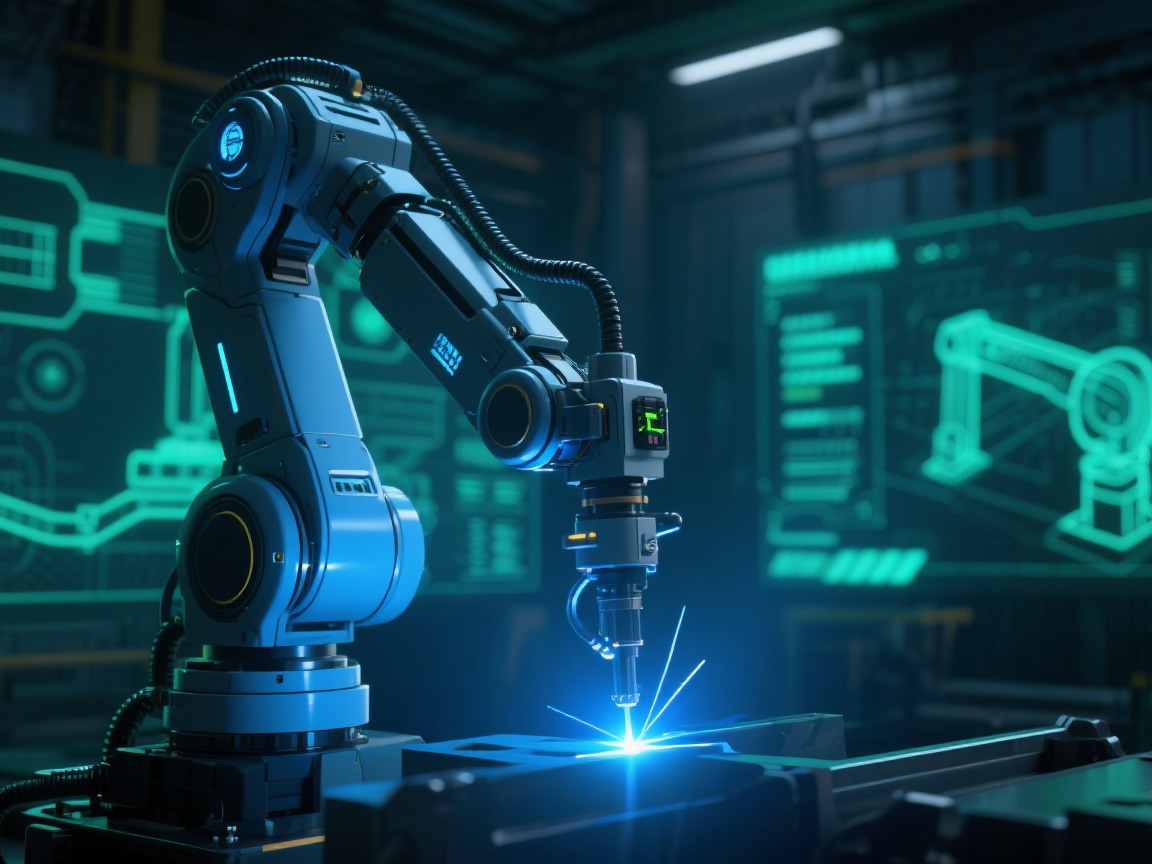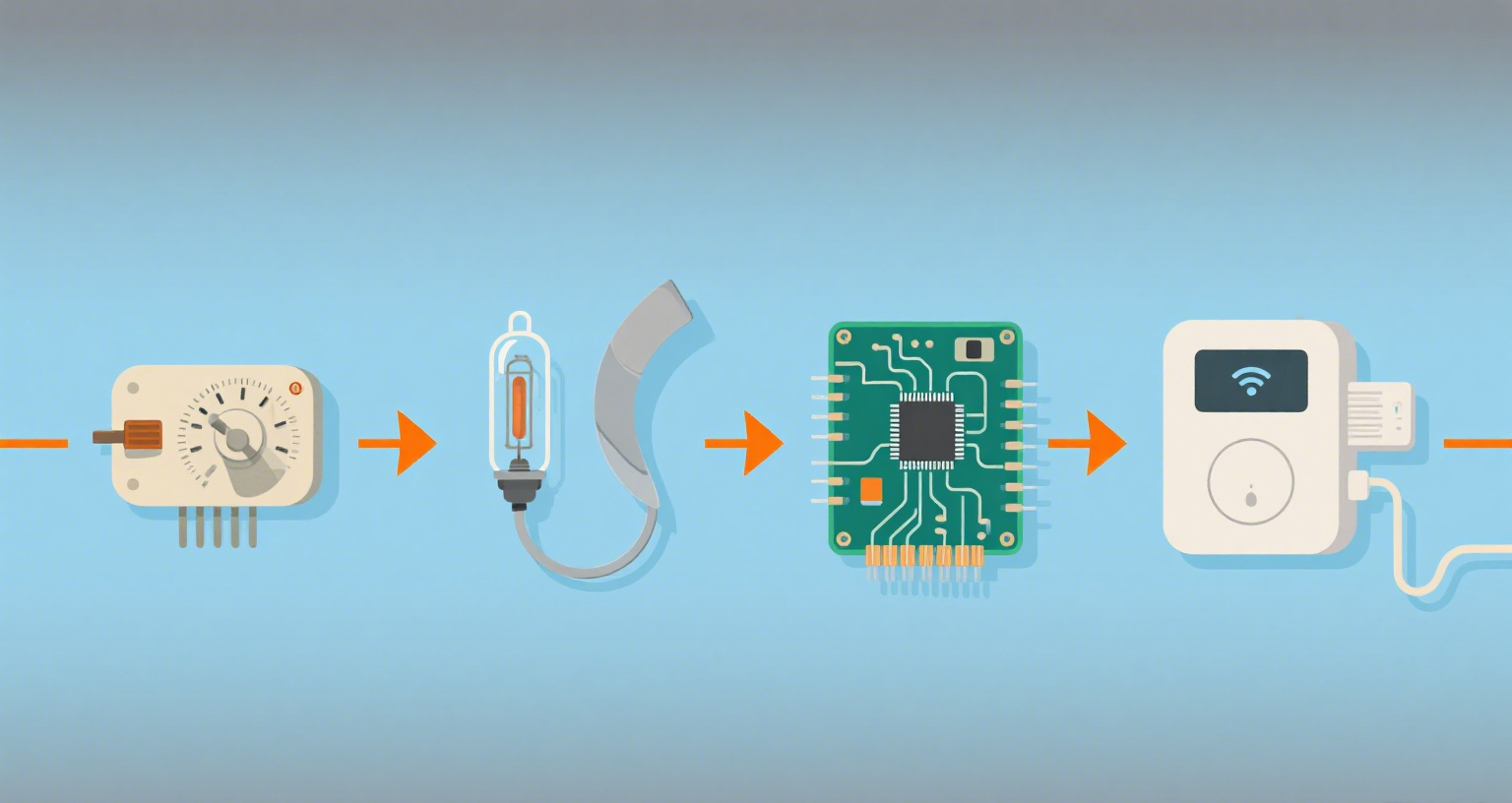 Industry News
Industry News Industrial Manufacturing: AI-Driven Upgrade of Smart Manufacturing
Industrial Manufacturing: AI-Driven Upgrade of Smart Manufacturing
2025-08-27
2025-05-13
2025-05-26
2025-06-03
2025-06-20
2025-11-20
 Current Affairs
Current AffairsThe thermostat, a key device in modern life and research, has a long evolutionary history.

Its origin dates back to the 19th century. Inspired by chicken incubators, French doctor Stéphane collaborated with poultry keeper Odile Martin to create the first infant thermostat. It cut the mortality rate of underweight newborns from 66% to 38% in the late 19th century. After WWII, it became standard in U.S. hospitals, slashing newborn mortality by 75% between 1950 and 1998.

Early thermostats had rough temperature control. The mechanical era (1880–1920) used kerosene heating with ±5℃ accuracy. The embryonic stage of electronic control (1920–1950) saw mercury contact controllers (1925) and bimetallic thermostats (1930s) with ±1℃ precision, plus wet-dry bulb humidity measurement. The semiconductor revolution brought transistor circuits (1954), PID algorithms (1968), and digital displays (1975), boosting accuracy and functions. The smart IoT era (2000–present) introduced TCP/IP-connected incubators (2007), AI control (2015), and digital twin tech (2020), enabling precise control, remote monitoring, and auto-reporting.

Early thermostats had rough temperature control. The mechanical era (1880–1920) used kerosene heating with ±5℃ accuracy. The embryonic stage of electronic control (1920–1950) saw mercury contact controllers (1925) and bimetallic thermostats (1930s) with ±1℃ precision, plus wet-dry bulb humidity measurement. The semiconductor revolution brought transistor circuits (1954), PID algorithms (1968), and digital displays (1975), boosting accuracy and functions. The smart IoT era (2000–present) introduced TCP/IP-connected incubators (2007), AI control (2015), and digital twin tech (2020), enabling precise control, remote monitoring, and auto-reporting.
Thermostats keep evolving. Future advances include graphene sensors, quantum dot probes, digital twin platforms, self-learning algorithms, and green tech like phase-change energy storage. They continue to break barriers, benefiting life, research, and production.